Revolutionizing Immersive Experiences: How 5G and AI Are Transforming AR in Dynamic Mobile Marketing
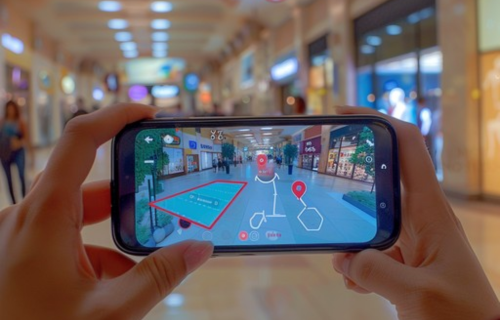
The digital landscape is shifting rapidly with the rise of immersive experiences powered by Augmented Reality (AR). AR has revolutionized the way brands engage with customers, enhancing mobile marketing strategies by delivering interactive and personalized experiences. Coupled with emerging technologies like 5G and AI, AR enables businesses to push the boundaries of how customers interact with products and services in industries like healthcare, real estate, and education. In this article, we explore the benefits of AR, its integration with AI, and the future potential for mobile marketing.
Table of Contents
1. What Are Immersive Experiences in Mobile Marketing?
Immersive experiences refer to highly engaging, interactive environments where users interact with digital content in a physical world, blurring the lines between the real and virtual realms. In mobile marketing, AR creates these experiences by overlaying digital elements, such as 3D models and interactive features, onto real-world surroundings using mobile devices.
2. Unique Benefits of Immersive Experiences with AR
a. Enhanced User Engagement
AR-driven immersive experiences significantly boost user engagement. By allowing customers to interact directly with digital products, AR extends engagement times and builds deeper connections between the user and the brand. For example, users spend 2-3x more time engaging with AR content compared to standard ads.
b. Personalization with AI and AR Integration
AI enhances AR in mobile marketing by personalizing immersive experiences for individual users. For instance, AI can recommend personalized content within AR environments based on user behavior. AI and AR integration allows for deeper personalization, providing users with unique product recommendations or custom experiences in real-time.
c. Bridging the Gap Between Physical and Digital
AR seamlessly bridges the gap between the physical and digital worlds. By using interactive product demos, AR allows customers to visualize how a product will look in their space. In sectors like real estate and fashion, this creates a more informed decision-making process and reduces return rates.
3. AR in Real-World Applications
a. AR in Healthcare
In healthcare, immersive experiences are improving patient outcomes and engagement. AR is used to create 3D anatomy models, allowing healthcare providers to visually explain complex medical procedures to patients, making it easier for patients to understand treatment options.
Example: AR in healthcare marketing offers virtual demos, showing 3D models of human anatomy for medical students and patients alike.
b. AR in Real Estate
AR transforms the real estate industry by enabling location-based AR campaigns and virtual tours. Buyers can visualize homes and even customize features, such as changing wall colors or furniture placement, all without visiting the property. This creates a seamless buying process, boosting buyer confidence.
c. AR in Education
The education sector benefits from AR experiences by allowing students to engage with interactive learning tools. Using mobile devices, students can explore 3D historical landmarks or experiment with virtual lab simulations, making learning more engaging and accessible.
Example: Gamified AR experiences offer educational apps with interactive quizzes and 3D models, making difficult subjects more engaging and easier to comprehend.
4. Best Practices for Implementing Immersive AR in Mobile Marketing
a. Interactive Product Demos
AR is especially powerful for interactive product demos in sectors like fashion and home decor, where users can “try on” items virtually or see how furniture will look in their homes. Brands that provide these immersive experiences see a higher conversion rate and reduced returns.
b. Location-Based AR Campaigns
Location-based AR campaigns engage users in real-time by providing geographically targeted experiences. Tourism boards, for instance, use AR to offer immersive city tours, where users can explore local landmarks with virtual guides overlaying relevant information.
c. Gamified AR Experiences
Brands can drive higher engagement by incorporating gamified AR experiences into their mobile marketing strategies. AR scavenger hunts, for example, allow users to explore their environment while engaging with the brand, turning the marketing process into a fun and rewarding activity.
5. Challenges of Immersive AR in Mobile Marketing
a. Technical Barriers
The development of immersive AR experiences requires significant investment in technology and expertise. While AR is becoming more accessible, small businesses may find it difficult to adopt due to high development costs and the need for AR-compatible devices.
b. Privacy Concerns
With location-based AR campaigns and AI-driven personalization, privacy is a key concern. Brands need to ensure they comply with data protection laws and are transparent about how they use customer data in their AR experiences.
6. The Future of Immersive AR Experiences in Mobile Marketing
a. 5G and AI Integration
With the emergence of 5G, AR experiences will become even more immersive and responsive. The increased speed and low latency of 5G networks will support real-time, high-quality AR experiences across industries, from virtual shopping assistants to AI-powered AR learning modules. AI and AR integration will further personalize these immersive experiences, allowing brands to deliver custom content to users instantly.
Example: AR in fitness—5G-enabled AR apps could deliver real-time virtual workouts, with AI customizing the session based on the user’s fitness goals.

b. New Applications in Various Industries
Beyond the usual sectors like fashion and real estate, new industries are beginning to adopt AR for immersive marketing. AR in tourism allows users to explore cities with augmented historical insights, while AR in automotive lets potential buyers test-drive cars virtually.
Conclusion
Immersive experiences powered by AR and enhanced by AI are changing the landscape of mobile marketing. By integrating interactive product demos, location-based AR campaigns, and gamified AR experiences, brands can provide highly engaging and personalized interactions with customers. As 5G and AI technologies continue to evolve, the potential for AR in mobile marketing will grow, enabling businesses across industries to revolutionize how they connect with users and improve customer engagement.


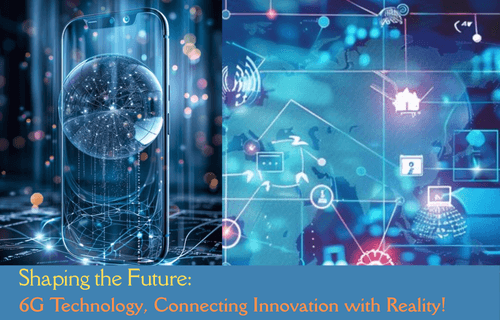

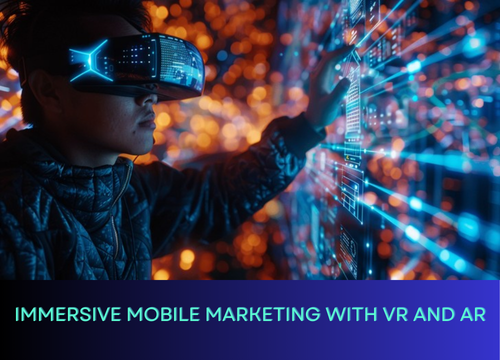
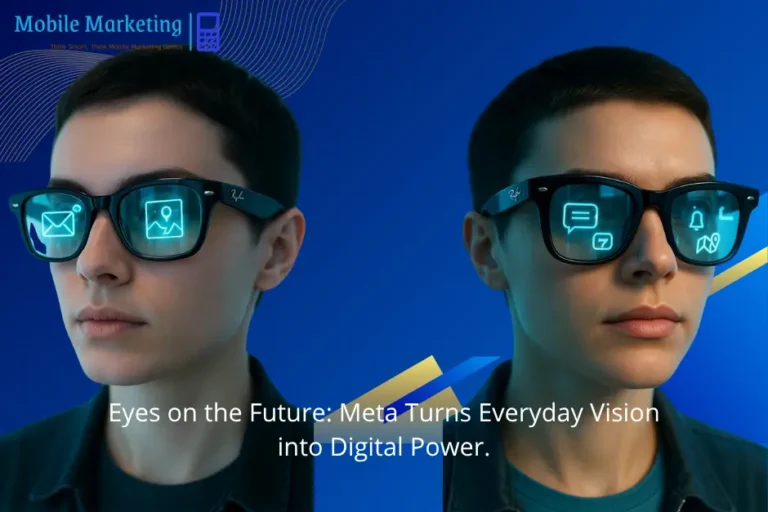
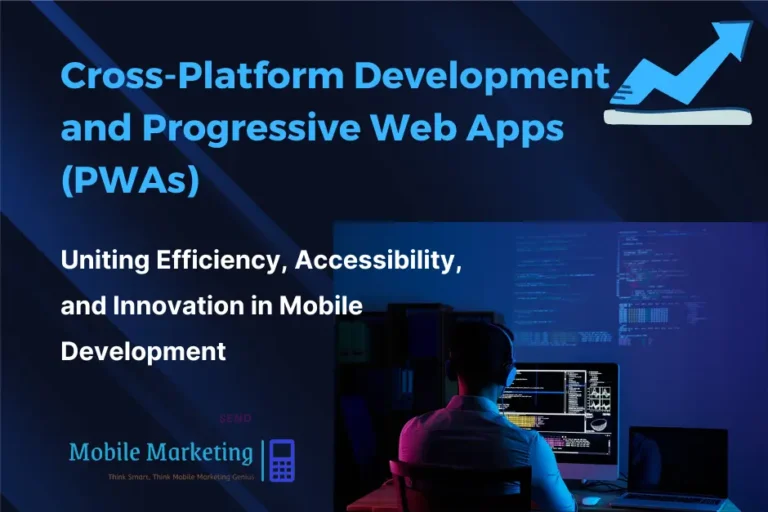
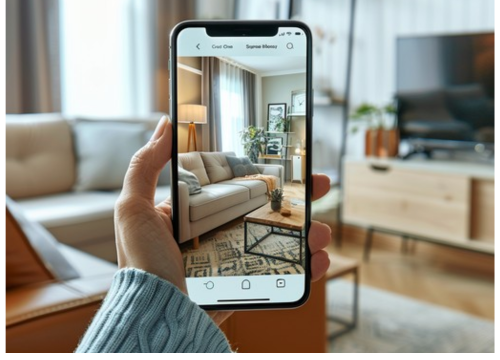
6 Comments
Comments are closed.